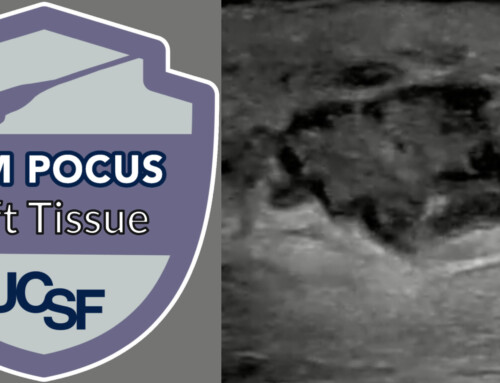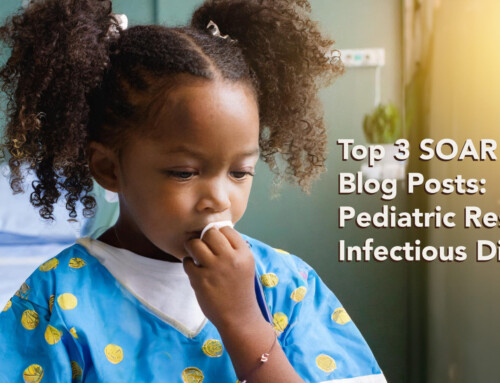Which of the following best describes the pictured rash occurring 4 weeks after starting minocycline?
- Anaphylaxis
- Drug Reaction with Eosinophilia and Systemic Symptoms (DRESS) Syndrome
- Erythema multiforme
- Serum sickness
- Stevens-Johnson Syndrome (SJS)/Toxic Epidermal Necrolysis (TEN)
References
- Hama N, Abe R, Gibson A, Phillips EJ. Drug-Induced Hypersensitivity Syndrome (DIHS)/Drug Reaction With Eosinophilia and Systemic Symptoms (DRESS): Clinical Features and Pathogenesis. J Allergy Clin Immunol Pract. 2022;10(5):1155-1167.e5. PMID: 35176506
- Lewin JM, Lewin NA, Nelson LS. Dermatologic Principles. In: Nelson L, Howland MA, Lewin NA, Goldfrank LR, Hoffman RS, eds. Goldfrank’s Toxicologic Emergencies. Eleventh edition. McGraw Hill; 2019.
- Calle AM, Aguirre N, Ardila JC, Cardona Villa R. DRESS syndrome: A literature review and treatment algorithm. World Allergy Organ J. 2023;16(3):100673. PMID: 37082745
- Sasidharanpillai S, Ajithkumar K, Jishna P, et al. RegiSCAR DRESS (Drug Reaction with Eosinophilia and Systemic Symptoms) Validation Scoring System and Japanese Consensus Group Criteria for Atypical Drug-Induced Hypersensitivity Syndrome (DiHS): A Comparative Analysis. Indian Dermatol Online J. 2022;13(1):40-45. PMID: 35198466
- Sim DW, Yu J, Koh YI. Efficacy of add-on therapy with intravenous immunoglobulin in steroid hyporesponsive DRESS syndrome. Clin Transl Sci. 2022;15(3):782-788. PMID: 34796665
- Jörg L, Helbling A, Yerly D, Pichler WJ. Drug-related relapses in drug reaction with eosinophilia and systemic symptoms (DRESS). Clin Transl Allergy. 2020;10(1):52. PMID: 33292540







